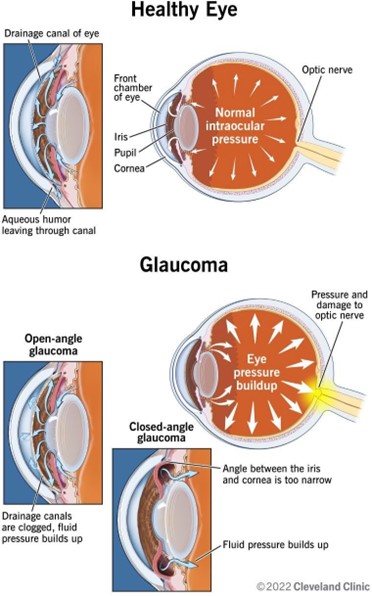A woman who delivered a normal newborn 24 hours ago reports, "I seem to be urinating every hour or so. Is that OK?”. Which action should the practical nurse (PN) implement?
Catheterize the client for residual urine volume.
Evaluate for normal involution, then massage the fundus.
Measure the next voiding, then palpate the client's bladder.
Obtain a specimen for urine culture and sensitivity.
The Correct Answer is C
Correct Answer: C. Measure the next voiding, then palpate the client's bladder.
Choice A rationale:
Catheterizing the client for residual urine volume is not necessary at this point because the woman has recently given birth, and frequent urination is common during the postpartum period. Additionally, catheterization poses risks of infection, so it should be reserved for situations where it is clinically indicated.
Choice B rationale:
Evaluating for normal involution and massaging the fundus is not relevant in this context. Fundal massage is performed after childbirth to ensure the uterus contracts and prevents excessive bleeding. The woman's concern is about frequent urination, which does not require fundal massage.
Choice C rationale:
Measuring the next voiding and palpating the client's bladder is the most appropriate action. The woman's increased frequency of urination could be due to postpartum diuresis, a normal physiological process where the body eliminates excess fluid accumulated during pregnancy. By measuring the next voiding and palpating the bladder, the nurse can assess for bladder distension or retention, which could be signs of a problem.
Choice D rationale:
Obtaining a specimen for urine culture and sensitivity is not indicated in this situation. There is no evidence to suggest that the woman has a urinary tract infection or other urinary issues that would warrant a urine culture at this time.
Nursing Test Bank
Naxlex Comprehensive Predictor Exams
Related Questions
Correct Answer is C
Explanation
The correct answer is choice C. Suction the oral and nasal passages.
Choice A rationale:
Turning the infant onto the right side may not be the most appropriate intervention for cyanosis caused by regurgitation. Cyanosis signifies a lack of oxygen, and simply changing the infant's position might not address the underlying issue.
Choice B rationale:
Giving oxygen by positive pressure is not the immediate intervention needed for regurgitation-induced cyanosis. While administering oxygen is important, the first step should involve clearing the airway to ensure proper oxygenation.
Choice C rationale:
Suctioning the oral and nasal passages is crucial in this situation as the cyanosis is likely due to the infant's airway being obstructed by regurgitated material. Clearing the airway can restore normal breathing and oxygenation.
Choice D rationale:
Stimulating the infant to cry is not the appropriate action when cyanosis is present. Cyanosis indicates a serious problem with oxygenation, and crying may worsen the situation by further compromising the infant's breathing.
Correct Answer is A
Explanation
Glaucoma is a group of eye diseases that damage the optic nerve and cause vision loss. It is often associated with increased intraocular pressure, which can compress the nerve fibers and reduce blood flow to the retina. The most common type of glaucoma, open-angle glaucoma, causes gradual loss of peripheral vision.

The other options are not correct because:
A. Macular edema is a condition that causes swelling and fluid accumulation in the macula, the central part of the retina that is responsible for sharp and detailed vision. It can cause blurred or distorted vision, but it does not affect the optic nerve or the peripheral vision.
B. Cataract is a condition that causes clouding of the lens, which is the transparent structure that focuses light onto the retina. It can cause blurred, dim, or yellowed vision, but it does not affect the optic nerve or the intraocular pressure.
C. Diabetic retinopathy is a complication of diabetes that damages the blood vessels in the retina and causes bleeding, leakage, or scarring. It can cause blurred, fluctuating, or darkened vision, but it does not affect the optic nerve or the intraocular pressure.
Whether you are a student looking to ace your exams or a practicing nurse seeking to enhance your expertise , our nursing education contents will empower you with the confidence and competence to make a difference in the lives of patients and become a respected leader in the healthcare field.
Visit Naxlex, invest in your future and unlock endless possibilities with our unparalleled nursing education contents today
Report Wrong Answer on the Current Question
Do you disagree with the answer? If yes, what is your expected answer? Explain.
Kindly be descriptive with the issue you are facing.
